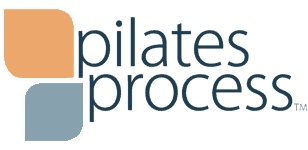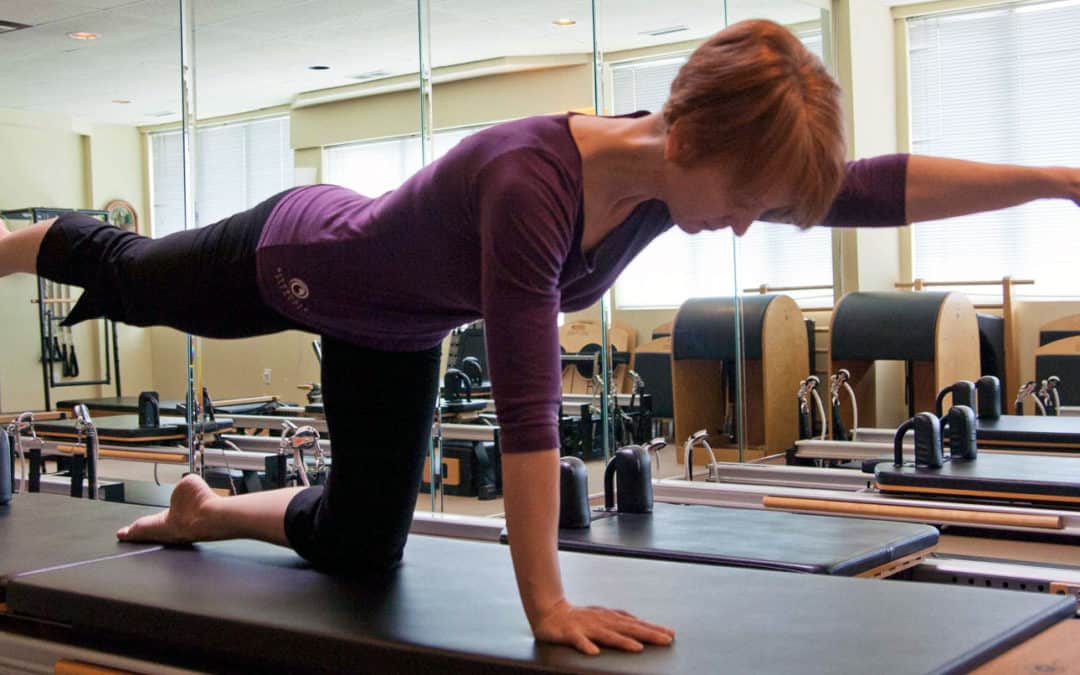If, like so many of us, you’re working out from home these days, you might be realizing how valuable your Pilates teacher or trainer is – how they adjust equipment, adapt exercises and formulate a program that is balanced and targeted. You also might be missing that equipment!
Don’t despair. Home workouts can be done safely and effectively with a few guidelines. And there are some wonderful upsides such as developing a disciplined routine that allows you to workout anytime, anywhere. You’ll now have an option when you can’t get to the fitness studio. Self workouts also develop greater proprioception and awareness as you have to pay so much attention to what you’re doing – a skill that helps when you do return to the studio.
There are a myriad of online options as studios scramble to offer virtual classes and our studio is no exception.
Let’s start with the safety guidelines.
No matter what level of fitness you’re at, not every exercise is good for everyone.
Even if you’re used to advanced Pilates classes and you’re super strong – there are still exercises that you should avoid. Everyone has them. The difference between working hard and negatively over stressing an area is not always obvious.
|
Positive Sign |
Negative Sign |
|
Work felt in muscles |
Work felt in joints |
|
Dispersed Effort in Broad Area |
Local, pointed sensation |
|
Muscles hit fatigue and burnout 1st |
Muscles hit pain 1st |
For example, say I’m doing the classic Pilates exercise Rolling Like a Ball. It’s a core exercise that is done in inner range hip flexion. If there is intense work in my abs and hip flexors, that is expected, those muscles are working. But if f my right hip joint is the loudest voice, that’s not ideal.
You don’t always have to abandon the exercise (although that may be necessary).
Try a few adjustments first.
- Limit the range of motion. In the Rolling Like a Ball example, this would mean allowing the thighs to come away from the chest and letting the knees open.
- Re-set. This would mean pause. Re-find your starting position with as much efficiency as possible. (maybe you can override gripping hip flexors).
- Limit the repetitions to how many you can do before a negative sensation.
- Return to the Prep version of the exercise when there is one.
Get your props ready.
Small props can be invaluable. They can change the focus of the exercise and ease strain while improving proprioception – your ability to sense what’s going on. They can also increase challenge. Here are my 3 faves:
- Theraband: Used for arm work. assisted roll ups and mobilizing therabands are essential. And cost effective. The various colours represent different levels of tension and having 2 different types is ideal.
- Yellow: Super light
- Red: Light
- Green: Medium
- Blue: Heavy
- Grey: Thick, heavy and less elastic
- Squishy Ball: Who doesn’t love a squishy ball? An easy add in for mobilizing the back and chest and varying ab work. And it has a fun aspect.
- Light weights: Hand weights of any sort. I’m in the Pilates area of fitness so my preference is for lighter weights that develop endurance. 2 – 5lbs is plenty for general goals. Many people are using canned food as a weight option these days which can work, though I find those hard for small hands.
And finally, get some personal guidance. Many studios, including our Toronto and Vancouver Pilates Process studios are offering virtual private sessions. One or two sessions can be enough to help you feel confident and motivated. Because the last thing you want these days, is to avoid exercise. If there was ever a time we needed the stress relieving, immune boosting, mood lifting, strengthening benefits of exercise – it’s now.
Stay strong. Stay healthy.
Laura
Laura Helsel Gauthier
Director, Pilates Process™
Pilates Teacher, Franklin Method® Educator, Author, Presenter

